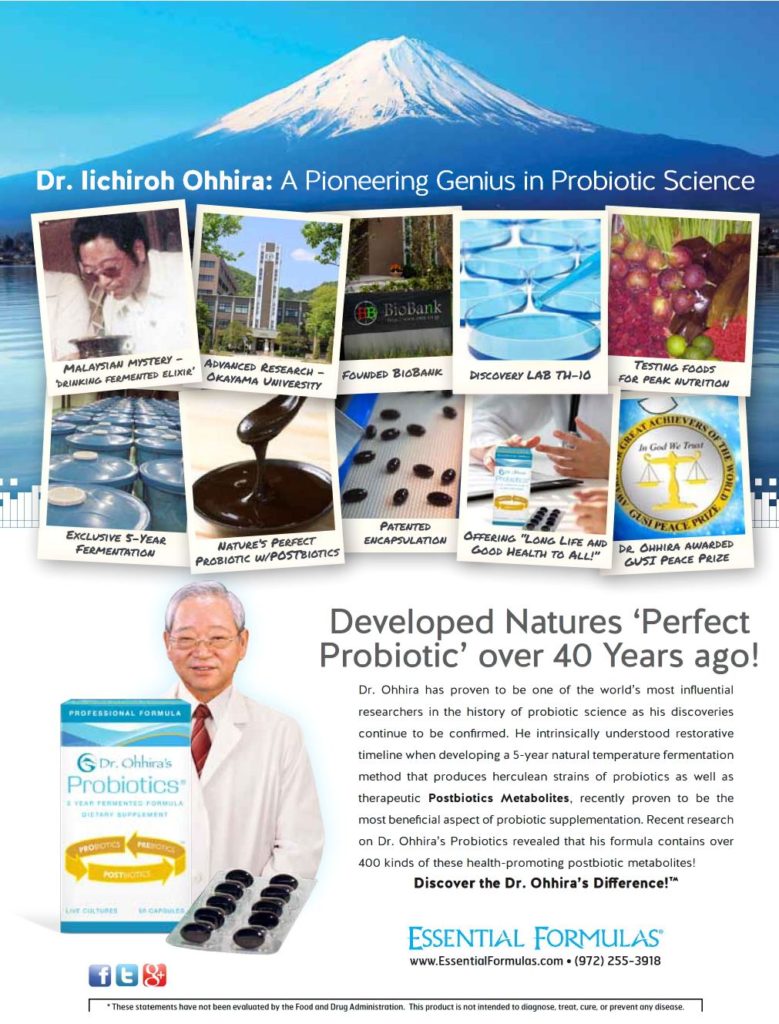…Article continues:
Blood sugar issues can add complexities. Inadequacies of glucose control and degrees of insulin resistance (HA1C in the 7-9 levels) all contribute to elevated potassium in the blood. In fact, people with insulin and blood sugar issues are at the highest risk of kidney and heart disease.
Keeping potassium, blood sugar, and blood pressure balanced, and all responding to meds without making things worse, is complicated. Allopathic medicine prescribes meds to protect the kidneys, but other meds may be needed to protect against the side effect of the first meds. In addition, even more meds may be necessary to keep blood levels of protein, sugar, and minerals like potassium in ideal ranges.
Treating kidney problems can become a whirling dervish. Give a med to track a specific problem. Give another med to fix the problem the first med worsened. But all this while, “root cause” of why the kidneys are slipping down a rabbit hole is not being looked for nor addressed.
Hormones
Hormones 6-8 have a role in kidney health. Estrogen is exquisitely renal protective.9-14 Normal levels of testosterone are also renal protective especially as we age,15,16 although extreme levels of excess testosterone can be renal stressful.17 Body builders consuming high levels of protein (especially combined with testosterone supplementation) may be vulnerable to kidney damage.18
Kidney filtering begins to decline in our 40’s due to hormonal waning. Our sex steroid hormones have started to slowly decrease since our mid-twenties, but this decline becomes steeper in our fourth decade.
Hormone replacement in individualized optimal amounts may be helpful in both men and women to protect kidneys. However, sex steroid hormonal support is not enough once kidney disease is established.
Molecules of Mass Destruction
What I have come to realize is that there are specific molecules that “drive” kidney disease. When these molecules are elevated, they damage kidney tissue. They “bang” against kidney cells and are the real cause of why potassium levels elevate, protein leaks, and kidney function gets worse.
High potassium is not a cause of kidney disease; it is a result. But at the molecular level, what is causing the kidney disease besides age or bad luck?
Identifying and addressing “cause” gets better patient results. Once these dangerous molecules are isolated, they can be normalized or optimized through dietary and nutrient intervention—without meds and while avoiding the pharmaceutical dance of complexity caused by meds.
Often the stages of kidney disease reverse. No matter the age of the patient.
I refer to these molecules that in excess “drive” kidney disease (and heart disease) as “the molecules of mass destruction.”19 Testing and optimizing these molecules, I believe, holds tremendous clinical promise for other portals to improve renal health, regardless of the age of the patient or the stage of their decline.
My Story
I had a nephrectomy because of a renal tumor, secondary to a drug my mother was given when pregnant with me. I had perfect kidney function before the surgery. I was at stage two and then stage three renal disease for 16 years following the surgery. My mother, along with millions of women from 1938 to 1971, were given this drug, diethylstilbestrol (DES), as a “prenatal vitamin” to make a normal pregnancy more normal or to stop bleeding and protect a “threatened” miscarriage. Many, not all, DES sons and daughters, including myself, had tumors and cancer because of this in-utero drug exposure.
I was the perfect patient: ate mindfully, exercised, on individualized hormone replacement, saw my trusty (I thought) nephrologist for all that time. However, no matter how often I saw my kidney doctor or how healthily I lived, my kidney function kept declining.
I would continually plead with my doctor, “How can this be happening? I am your exemplary patient!” He would shake his head; he had no idea. “But come back next year. I really like talking to you so if you want to come in every six months, do.” But he had no answers to my continual questions as to why this was happening and how to reverse it.
Then…three things happened.
First, I ended up starting a drug company with one of my original kidney doctors. (We had to stop being doctor/patient once we started working together, of course). This involved a drug for dialysis and diabetic patients. It was an amazing experience to have the opportunity to work alongside Dr. Jack Moncrief in his clinic and dialysis center. He’s a kidney rock star.
Dr. Moncrief co-invented the home unit of dialysis (CAPD), came up with the original idea of telemedicine, and successfully lobbied and personally got President Bush to sign the bill to legalize it. Dr. Moncrief had a catheter named after him, brought organ transplantation to Austin, Texas, and opened the first dialysis center in Austin. Dr. Jack was honored at Stony Brook University, New York, at a huge renal industry gala, as being one of seven kidney doctors that made nephrology “what it is today.”
I worked side by side with this visionary man for many years. Dr. Moncrief would always point out: “Kidney health drives heart health.”20 Many heart docs don’t know this—or don’t practice as if they do.
Second, it just so happened that I met another iconic physician: Dr. Mark Houston. Dr. Houston is also a visionary doctor. He is a cardiologist with a specialty in hypertension and looking for “root causes” of cardiovascular disease.
Dr. Houston created the concept and genre of “functional cardiology.” He developed and teaches the entire 24-hour module at A4M (Anti-Aging Certification Course and Residency for MDs, NPs and pharmacists). I also teach at A4M, in the gastroenterology module. After teaching all day, we were having dinner one night. Dr. Houston discussed with me how he tests and teaches that specific molecules “drive” heart disease.
There are hundreds if not thousands of peer-reviewed research articles on these molecules, demonstrating how they initiate and propel, on the molecular level, plaque, stroke, and heart attacks.
Remembering what Dr. Moncrief said, I started to take a look at these same molecules with renal disease. I thought, maybe these are the molecules that “tie” kidney and heart disease together.
In exploring PubMed I found that there are thousands of articles that implicate these molecules, when in excess, as the “main driving force” behind why kidney disease starts in the first place, and why it isn’t responding to meds alone in the second place. This science explained why these molecules influence rising potassium levels, increases in uric acid, declining filtering function, and ultimately why all of this seems so impossible to turn around.
The third thing that happened was my testing these molecules on myself. This demonstrated that most of them, in my blood, were many-fold elevated. Taking nutrient and dietary actions to normalize their levels (back to Goldilocks “just right” middle ranges) helped me conquer my 16-year-long battle of stage two and three kidney disease, to achieve completely normal kidney functioning. In 10 months!
Meet “The Molecules of Mass Destruction”
Trimethylamine-N-oxide21-30 (TMAO) is known to drive heart disease, but it also drives kidney disease. When it is elevated, it predicts increased renal complications. High TMAO blood levels often demonstrate a dysbiotic gut biome (more bad than good gut microbes) but can also be caused by an elevation of the liver enzyme that makes it (FMO3). This enzyme can be elevated by endocrine disruptors,31,32 especially in fetal exposure in the womb. This can have life-long effects on offspring.
TMAO note: There is the phenomenon of the “TMAO Paradox” (coined by Berkson). Some studies found an elevated TMAO is linked to adverse cardiac and renal issues, and others have not. Also, TMAO blood levels can be elevated by what we have regarded historically as healthy foods, such as fish and fiber. If TMAO is so “bad” then why does eating good foods like fish, raise blood levels? An Australian group of researchers33 tackled this controversial sticky wicket over TMAO. They found that TMAO levels, in a rodent model, were in fact not linked to atherosclerosis itself. But in fact, it was linked to a deeper tissue dive. High TMAO was linked withatherosclerotic plaque instability. Thus, it’s linked to an increased risk of heart disease but at more nuanced levels. It may also be that TMAO is responsive to overall gut milieu and diversity. Researchers34 found, in a cross-over feeding trial, that those with less biome diversity and more Firmicutes than Bacteroidetes genus, had much more elevated TMAO after consuming fish. And fascinatingly enough, fish oil35 has been found to be one of the elements that helps reduce blood TMAO levels.
It may also be that TMAO is a “bad actor” for some, while a benign actor for others. Sort of like IOP, intraocular pressure of the optic nerve. In healthy persons, elevated IOP is not big deal. Their healthy optic fibers can take ups-and-downs of pressure swings and even highs. But in unhealthy optic nerves, elevated IOP drives fiber destruction and threatens visual acuity. So, it may be that elevated TMAO is a risk factor for those genetically or lifestyle-wise “set up” for sensitivities to it. Time will tell as the TMAO/health link is being looked at more and more. I hope to write an in-depth article on TMAO, real or red herring, to do a deeper look-see into this. But in clinical practice, people feel better when TMAO levels decline, when these people are ill with renal disease. I even had one patient with intractable anxiety that had it all go away, including intractable insomnia, when her TMAO levels normalized.
Galectin-336 is a cytokine that when elevated predicts kidney disease.37 Galectin-3 has been observed in elevated levels in many DES offspring. It’s been linked to causing or driving kidney tumors in Syrian hamsters exposed to DES in-utero.38,39 I am a DES daughter, exposed to this DES drug in the womb, and one of the tumors I had was renal.
Transforming Growth Factor Beta1 (TGFB1) is elevated in diabetic kidney disease40 and drives fibrosis in renal disease.41 I discussed this molecule with many of the original DES researchers, since I worked at an environmental estrogen think tank (Center for Bioenvironmental Research) with many of these scientists. Dr. William Toscano (who left Tulane to become academic dean of the University of Minnesota School of Public Health) told me that they realized early on that many, if not all, DES offspring had elevated TGFB1, but they weren’t sure what to make of it. Science now clearly shows that excessive levels of TGFB1, as many functional/environmental doctors now also know, is quite immunosuppressive. It also “drives” all fibrosis and this is part of the worsening tissue changes in both kidney and heart disease.
Article continues on next page:
…The sleuthing continues, article conclusion and references…






